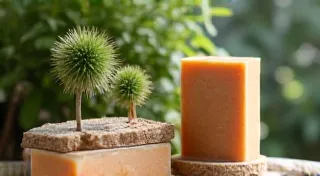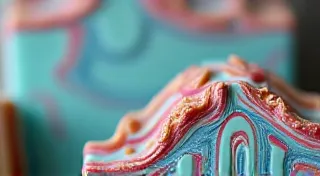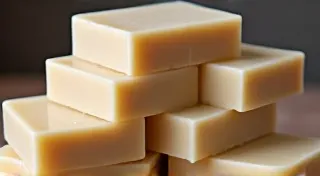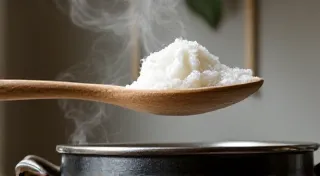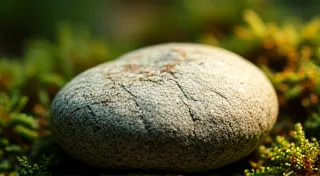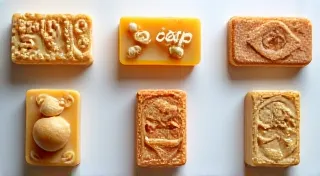Custom Soapmaking: Designing Soaps Tailored to Your Needs
Beyond following a standard recipe, lies the rewarding art of custom soapmaking. It’s where your creativity truly shines, allowing you to create soaps perfectly suited to your specific needs and preferences. This guide explores how to design custom soap recipes, considering factors like skin type, fragrance, and desired properties, taking your soapmaking skills to the next level.
Understanding the Foundation: Soapmaking Basics Revisited
Before diving into custom designs, it's crucial to understand the core components of soap. A basic soap recipe consists of oils/butters (fats), lye (sodium hydroxide for solid soap, potassium hydroxide for liquid soap), and water. The ratio of oils to lye is critical for a safe and effective soap. Using a soap calculator (like Bramble Berry’s or SoapCalc) is essential to ensure you have the correct proportions. Don't deviate from a calculated recipe without a thorough understanding of saponification and its effects. If you're interested in a more in-depth understanding of the chemical process at play, consider reading about the science of saponification. It can truly elevate your understanding of how soap is made and allow for more informed recipe adjustments.
Knowing Your Audience: Skin Type and Soap Needs
The best custom soaps are those created with a specific skin type in mind. Here's a breakdown:
- Dry Skin: Needs soaps rich in moisturizing oils like shea butter, cocoa butter, avocado oil, and olive oil. Avoid harsh oils like coconut oil (used in moderation).
- Oily Skin: Can tolerate higher percentages of cleansing oils like coconut oil, palm kernel oil, and castor oil. Consider clay additives for extra cleansing power.
- Sensitive Skin: Requires gentle, uncolored, and fragrance-free soaps. Use mild oils like sweet almond oil, apricot kernel oil, and sunflower oil. Avoid essential oils initially, testing a small area first.
- Mature Skin: Benefits from oils rich in antioxidants and essential fatty acids, such as rosehip oil, argan oil, and sea buckthorn oil.
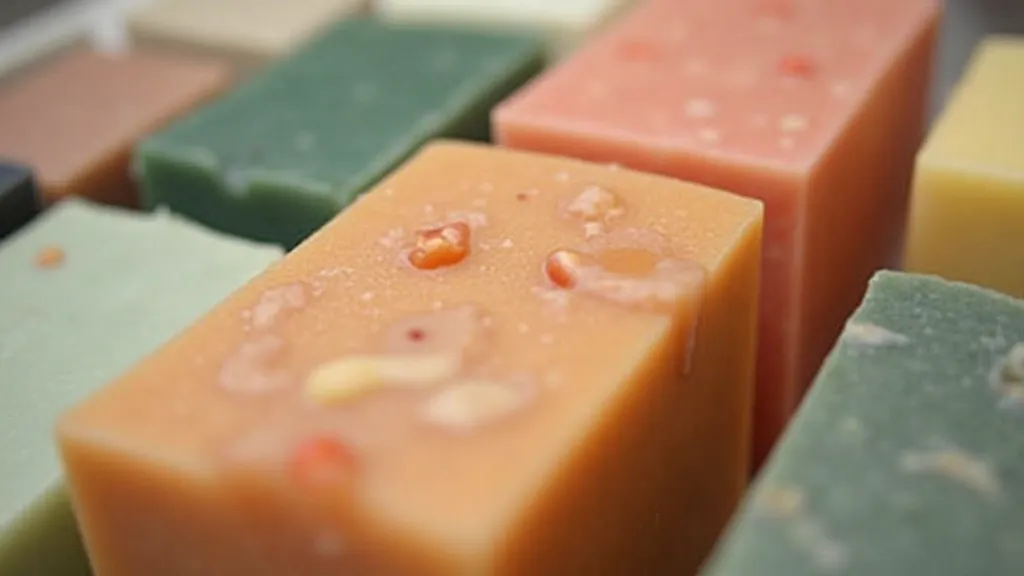
Choosing Your Oils and Butters: Building Your Recipe
Each oil and butter contributes unique properties to the soap. Here's a simplified overview:
- Olive Oil: Gentle, moisturizing, produces a mild bar.
- Coconut Oil: Creates a hard bar with excellent cleansing and lathering. Use cautiously, as too much can be drying.
- Palm Oil/Kernel Oil: Adds hardness and stability. Consider sustainable sources.
- Shea Butter/Cocoa Butter: Adds moisturizing properties and a creamy feel.
- Castor Oil: Boosts lather and adds a silky feel.
- Avocado Oil: Deeply moisturizing and good for mature skin.
- Sweet Almond Oil: Gentle and conditioning.
It's important to remember that while coconut oil contributes to hardness and cleansing, finding the right balance is key, especially when formulating for sensitive or dry skin. Sometimes, the best results come from meticulous adjustments – which can lead to frustrations! Often, the sweetest addition to a moisturizing bar is a touch of honey, and for those particularly interested in creating luxurious soaps, exploring soapmaking with honey can unlock a whole new level of creativity and gentle cleansing. Should you encounter challenges in your soapmaking endeavors, perhaps exploring troubleshooting common soapmaking problems would be beneficial.
Fragrance & Color: Adding Your Personal Touch
Once you're comfortable with the base recipe, fragrance and color can elevate your soap. Use only skin-safe fragrance oils or essential oils (always diluted properly). Natural colorants, such as clays, herbs, and spices, offer subtle and beautiful hues. Remember to perform a patch test with any new fragrance or colorant before using it on a large batch. The choices of scents and colors should always consider the target skin type. For example, a soap for mature skin might incorporate calming lavender and a gentle pink hue, while a soap for oily skin might benefit from a zesty citrus scent and a vibrant yellow color.
Experimental Additives: Beyond the Basics
Many ingredients can be added to soap to enhance its properties. Consider:
- Exfoliants: Oats, poppy seeds, coffee grounds.
- Botanicals: Dried flowers, herbs.
- Clays: French green clay, bentonite clay (for detoxification).
Recipe Design Process: A Step-by-Step Approach
- Define Your Goal: What skin type are you targeting? What properties do you want the soap to have?
- Choose Your Oils: Select oils based on their properties and the skin type you're targeting.
- Calculate Your Recipe: Use a soap calculator to determine the correct amount of lye and water.
- Test Batch: Make a small test batch to assess the soap's properties (hardness, lather, gentleness).
- Adjust & Refine: Make adjustments to the recipe based on your test results.
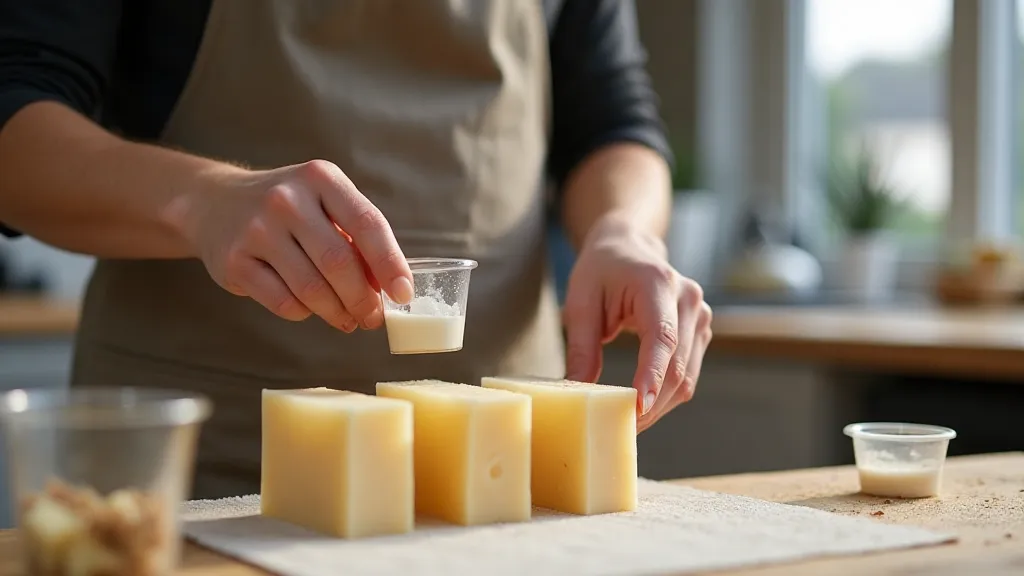
Beyond the Basics: Exploring Scents and Therapeutic Benefits
The world of fragrance in soapmaking is vast and exciting. While fragrance oils offer consistent results and a wide range of options, essential oils provide not only scent but also potential therapeutic benefits. Understanding how different essential oils interact with the skin and their potential impact on mood and well-being can elevate your soapmaking to an art form. Many appreciate the unique patterns and visual appeal achievable through different soapmaking techniques, something akin to the beauty found in geological formations – a concept beautifully explored in marble veins & silent whispers: mapping geologic imperfection in artisan soap design. If you’re intrigued by the possibilities of incorporating essential oils, you might find creating rustic soap designs to be a valuable resource.
Safety First: Lye Handling and Best Practices
Working with lye is inherently dangerous. Always wear gloves, eye protection, and long sleeves. Add lye to water (never the other way around) to prevent a violent reaction. Work in a well-ventilated area. Keep lye out of reach of children and pets. Always double-check your calculations and follow safety protocols meticulously. A small mistake can have significant consequences, so prioritizing safety is paramount.
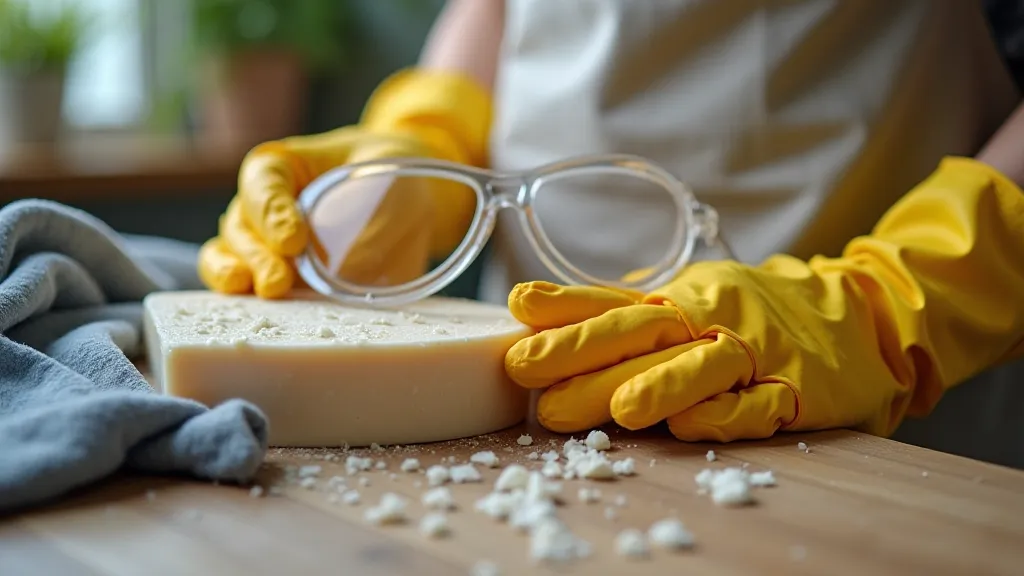
Conclusion
Custom soapmaking is a journey of experimentation and learning. By understanding the science behind soapmaking and carefully considering the properties of different oils and additives, you can design soaps perfectly tailored to your needs and preferences. Embrace the creativity, prioritize safety, and enjoy the satisfaction of crafting truly unique and handcrafted soaps!
